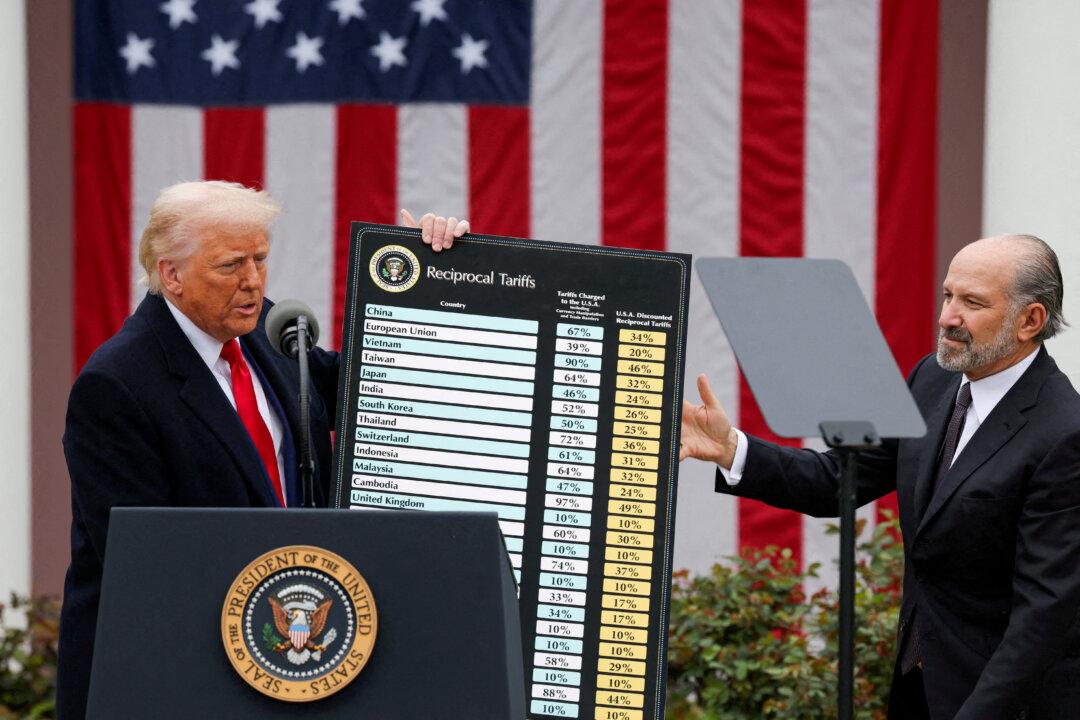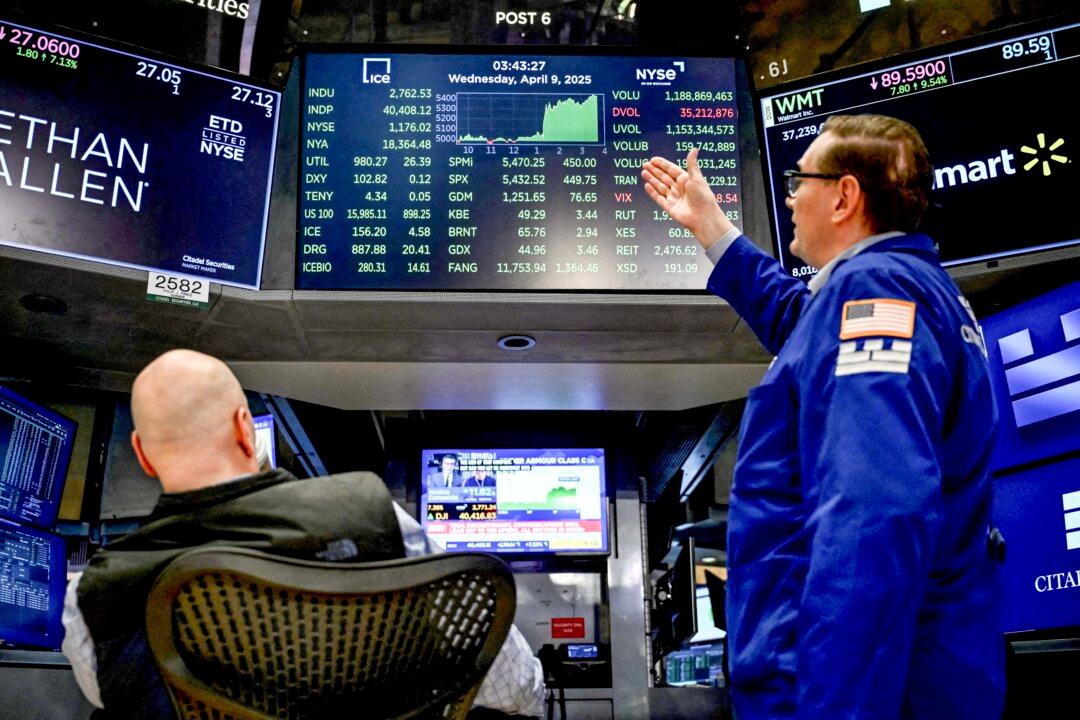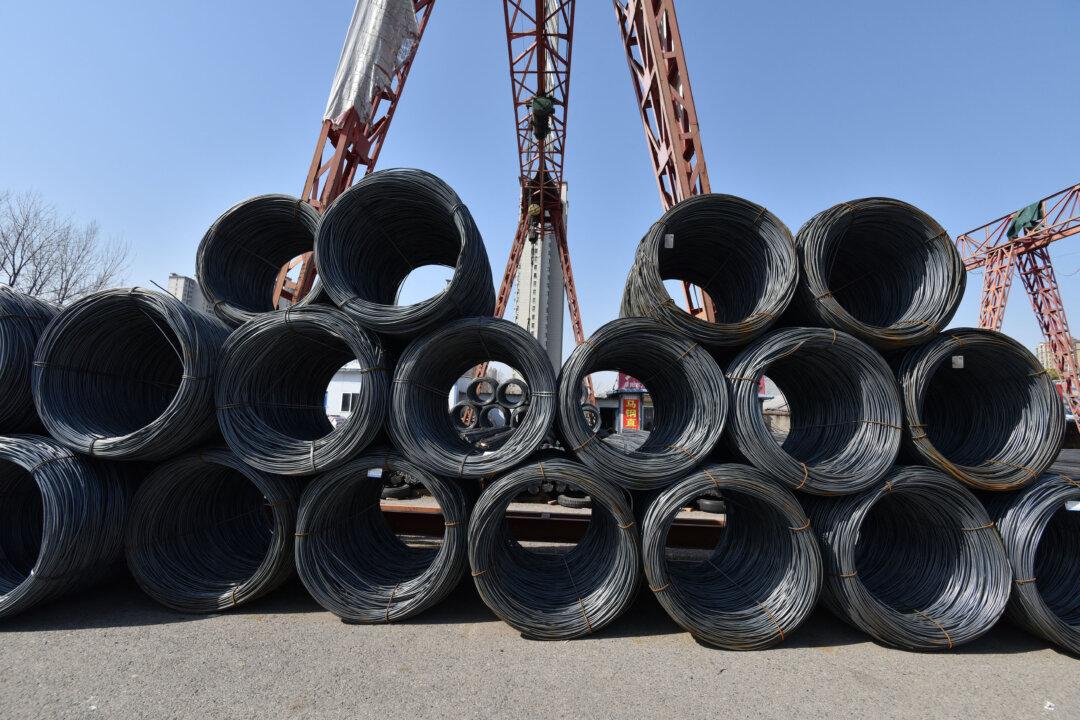The Chinese Communist Party and the Trump administration sounded triumphant in announcing a trade deal. Both sides returned to their capitals, touting what they had achieved. Realistically, it was less of a trade agreement and more of a cease-fire or a cessation of hostilities.
The United States and China had engaged in an ongoing series of escalations that had raised tariffs into the triple digits, effectively acting as a trade embargo. The deal consists of reducing tariffs back to pre-escalation levels. Consequently, while it is widely reported that the Trump administration raised the tariffs to 30 percent, this is inaccurate. The tariff level on Chinese products is now generally 55 percent, up from 25 percent, hence the widely reported 30 percent, with China increasing tariffs on U.S. products by 10 percent. All other retaliatory tariffs by both sides were rolled back.
Beyond that, there was little achieved. China agreed to discuss the United States’ concerns about fentanyl, but soon after said this was a U.S. problem and not a China problem. Both sides agreed to set up a working group or mechanisms to have further negotiations, but what exactly to be negotiated seems purposefully vague. China resumed exporting rare earth metals after an earlier embargo. Though the U.S. side touted China opening its market to U.S. goods and reducing non-monetary barriers, this seems at odds with China actively working to reduce reliance on non-Chinese products.
So, given the vague deliverables outside of the termination of retaliatory tariffs, what does the future hold for U.S.–China trade?
It remains murky what the Trump administration is trying to achieve with China. If we look at actions taken by the administration away from the headlines of the Swiss negotiations, it is clear they are trying to decouple from China and pressure others to do the same.
Shortly before the negotiations in Geneva, the United States announced a trade deal with the United Kingdom that contained little new movement and no change on tariffs. Still, it did include a near U.S. veto on Chinese investment in the UK. Beijing not only registered its displeasure with the new agreement but also went on to threaten other countries that engaged in similar arrangements.
The Trump administration is pushing other countries to adopt similar policies. A major sticking point with Canada and Mexico is their lax policies on money laundering, transshipment, drug enforcement, and intelligence leaks that involve China. South Korea and Vietnam have stepped up enforcement of transshipment detection. This follows up on financial sanctions on countries that sell China-sanctioned oil, such as from Iran and Venezuela.
Domestically, the Trump administration is trying to boost investment intended to reshore significant industries. Private domestic investment neared $1.1 trillion in the first quarter, an all-time high. After accounting for the surge of imports trying to beat the new tariffs, GDP would have risen significantly due to new investment. It appears the administration aims to ease business regulations to shift a large number of businesses away from higher-risk partners to the United States.
So, away from the press releases touting Washington’s desire to make a deal with Beijing, the U.S. side appears laser-focused on decoupling from China.
Recent news reports came out about backdoor software in power components, including solar panels and other devices that could be used to do a variety of things, such as bring down a power grid. Given China’s active work to decouple not just from the United States but also from other countries, it seems prudent to hope there will be a change in Chinese economic and security policies, but prepare as if they will not.
This deal should be seen as an early step rather than an endpoint. Where the Trump administration goes from here and what deal, if any, is ever reached with China remains to be seen. However, the actions indicate deep concern from the administration about China, with a desire to decouple as much as possible.







